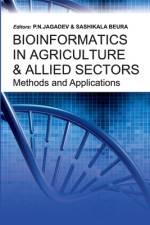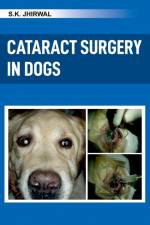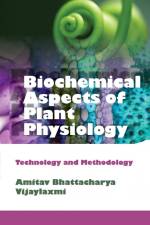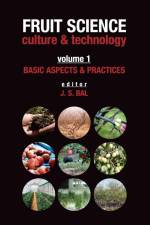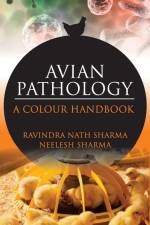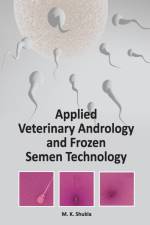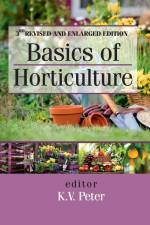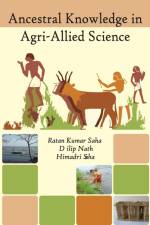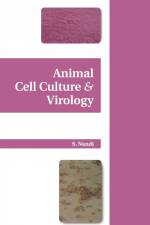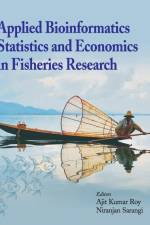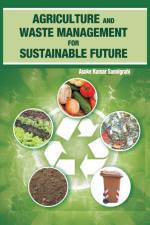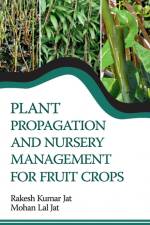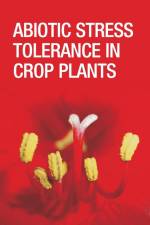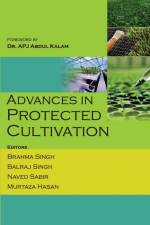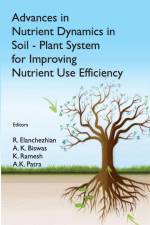av Vir Singh
3 241
The variety of life the Planet Earth flowers with is a wonderful culmination of natural evolution. All natural ecosystems and cultivated lands blossoming with biodiversity set out the preconditions for a healthy, vibrant, and sustainable biosphere. Authored by an eminent academician, expert, and celebrated author, the book on Biodiversity: Concepts, Crises and Conservation embraces all dimensions of the biological diversity we need to conceive, understand, recognize, discover, and practically protect, conserve, and augment for posterity, sustainability, and happiness. Emerging concepts, ongoing crises, and potential conservation tactics of biodiversity have been ecstatically explained. The book is composed in a textbook flavor setting out mental agility exercises for students belonging to multiple disciplines and comes out with renewed, enriched, and innovation-disrupting academic content. Apart from the students and their teachers in the life sciences/ biological sciences, environmental sciences, agricultural sciences, geography, and natural resource management streams, the book will also serve as a useful guide for planners, policy-makers, environmental activists, government, and non-government organizations.FEATURES· Provides diverse concepts, crises, and conservation strategies· Elaborates on a wide range of biodiversity values· Presents magnificent scenarios of agrobiodiversity (biodiversity in agriculture), pedo-biodiversity (biodiversity in soils), biodiversity in the chemosynthesis-based communities· Examines biodiversity-climate links· Discusses the vital biodiversity-sustainability relationships· Elucidates biodiversity-based sustainability principles and operationalization techniques


